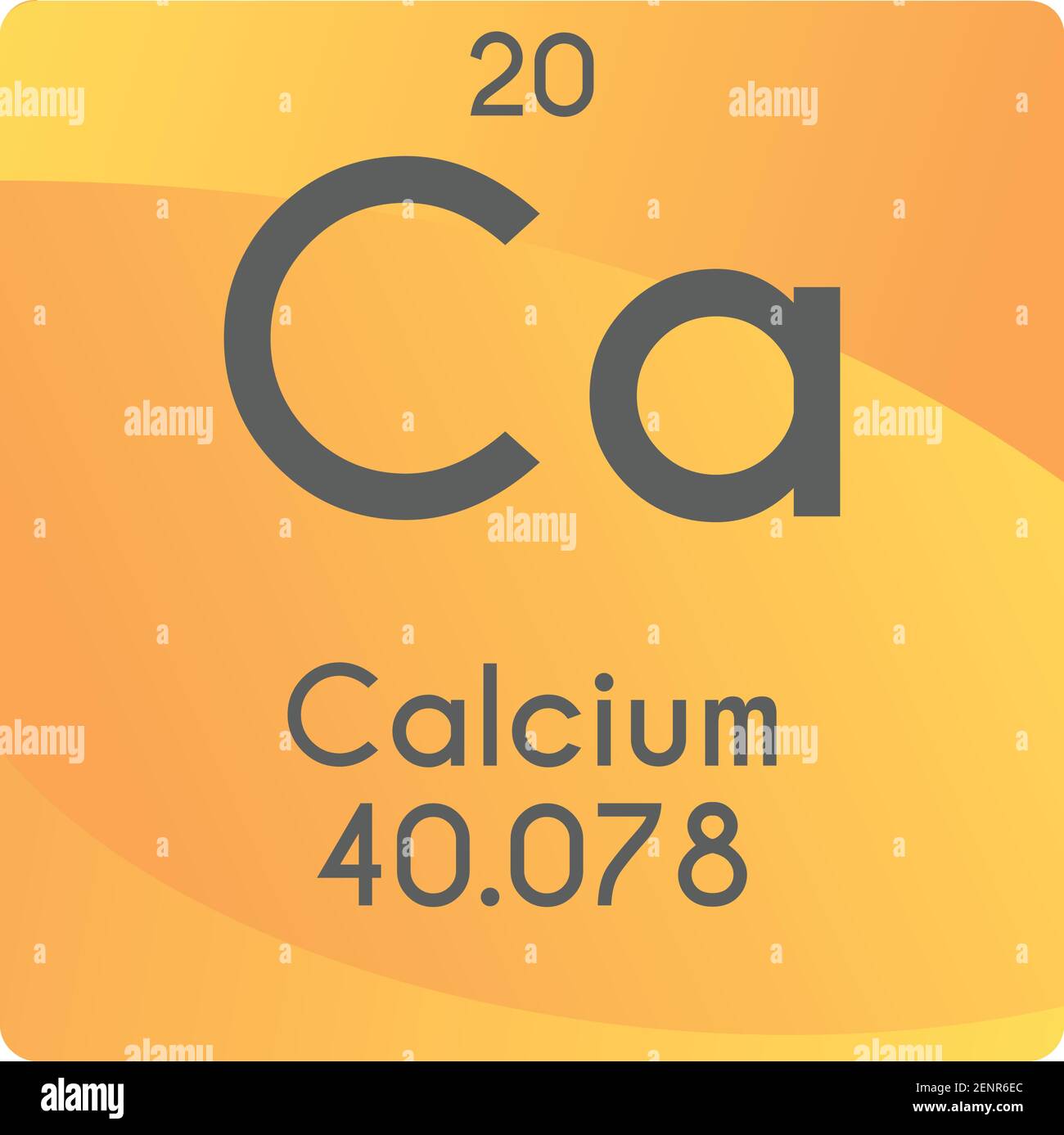


Ca element and c element formula how to#
This site explains how to find molar mass.įinding molar mass starts with units of grams per mole (g/mol). The reason is that the molar mass of the substance affects the conversion. To complete this calculation, you have to know what substance you are trying to convert. For bulk stoichiometric calculations, we are usually determining molar mass, which may also be called standard atomic weight or average atomic mass.Ī common request on this site is to convert grams to moles. This is not the same as molecular mass, which is the mass of a single molecule of well-defined isotopes. This is how to calculate molar mass (average molecular weight), which is based on isotropically weighted averages. The atomic weights used on this site come from NIST, the National Institute of Standards and Technology. If the polyatomic anion contains H -ion, bi - or hydrogen is used as a suffix.In chemistry, the formula weight is a quantity computed by multiplying the atomic weight (in atomic mass units) of each element in a chemical formula by the number of atoms of that element present in the formula, then adding all of these products together. Example: F – -FlorideĪnions with oxyanion (oxygen + another element) usually have an add-on. Example: NaCl containing Na + (iron ion) and Cl – (non-ferrous ion)Īnions with -1 negative charge usually have a long-suffix. With a combination of metal and non-metallic, the metal is first named followed by non-metallic.

Compounds with more than two elements.Īn atom with a positive charge is called a cation and an atom with a negative charge is called an anion. The following points should be kept in mind while writing a chemical formula. The formula of the radicals and the valency of the elements in that compound. To write a chemical formula, it is important to know the symbol of each elements present in the compound. Empirical formulas can be derived from molecular formulas.Īs the name suggests, the structural formula for the chemical compound provides insight into the arrangement of atoms in a molecule. The empirical formula of glucose is CH 2O. Empirical formulas are usually obtained based on analysis of data. The empirical formula for a given chemical compound represents the ratio of the elements present in that compound. For example - molecular formula of sugar cells is C 6H 12O 6. In the molecular formula, elements are denoted by their symbols (such as the periodic table) and the number of atoms of each element in a molecule is subscript. The molecular formula provides insight into the number of elements present in a compound. The term 'chemical formula' usually refers to the molecular formula of a compound (representing the total number of atoms of each component in a single composite molecule), the composition of chemical compounds can be expressed in a different ways are given below:
Ca element and c element formula free#
The chemical formula of the compound is important while representing in the chemical equation.Ĭhemical formulas can also be used to represent ions, free radicals and other types of chemicals.

They represent the proportions by which constituent elements combine to form a compound. For example, the chemical formula of water is H 2O, that suggests two hydrogen atoms which combine with one oxygen atom to form a water molecule.Ĭhemical formulas provide insight into the chemical composition of compounds. Chemical formulas provide insight into the elements that constitute the composite molecules and the extent to which the atoms of these elements combine to form such molecules. The chemical formula of a given compound is a symbolic representation of its chemical composition.


 0 kommentar(er)
0 kommentar(er)
